Holistic Benefits of Ancestral Diet + What to Eat
There is so much confusion and contradiction about what we, as humans, should eat.
Ancestral eating has been my favorite framework for eating to support my physiology and holistic health.
The modern diet is a far cry from the way our hunter-gatherer ancestors -- and I don't know about you, but I am really thankful that I do not have to hunt, grow, or gather all my own food. But there is something to be said about how humans have historically eaten and how modern food affects our health. Processed foods, fast food, and artificial sweeteners dominate our plates, contributing to rising rates of chronic diseases like heart disease, high blood pressure, and metabolic syndrome.
Over the last few years, I have seen the pendulum swing from everything being marketed as "low calorie" or "low fat" to an emphasis being put on it's sourcing and quality. Shopping for meat, you'll see phrases like "grass-fed" and "pasture-raised" being the marketing emphasis-- and I think when we pay attention to how things are marketing, we can get a really good glimpse into the mindset of the consumer.
Social media is full of people adopting carnivore diets left and right, while a couple of years ago, "paleo" was all the rage. And what many of these diets and trends have in common is an emphasis on whole, unprocessed foods. Ancestral eating takes that one step further and encourages the appropriate cooking and food preparation methods to ensure these foods are most supportive to our physiology.
What is Ancestral Eating?
Ancestral eating refers to dietary patterns inspired by the paleolithic diet, also known as the stone age diet or primal diet. This approach prioritizes the foods early humans would have eaten before the industrial revolution introduced processed foods into our diet.
The concept is rooted in the idea that our genetic makeup has changed very little since the time of our direct ancestors. By focusing on ancestral foods like grass-fed meats, fresh fruits, organ meats, and fatty fish, this approach aims to restore balance, support digestion, and optimize overall health.
The true ancestral diet eliminates empty calories and emphasizes nutrient-dense foods, including lean meats, healthy fats like avocado oil and olive oil, and specific foods suited to your geographical location (this is a fancy phrase for eating what grows seasonally where you live-- I'll get into that a bit further along in this post)
The Problem With Ultra-Processed Foods
It is becoming more common knowledge that our wellness is closely tied to the foods we eat. And that food really can be the "medicine" that heals us or the poison that makes us sick. I am not one to brand all packaged or processed options as "unhealthy food", but I do think we should be mindful of how our bodies physiologically respond to the foods we eat.
In order to talk about "modern foods", we need to understand a couple of terms:
whole foods: when I use this phrase, I am talking about foods that are not changed from nature.
processed foods: these are foods that have undergone some processing from nature
ultra-processed foods: these are items that are items that has been extensively processed with added ingredients like artificial flavors, sweeteners, preservatives, and often has little resemblance to its whole food form
I think it is best to understand this concept by thinking of an apple for example- the whole food form would be an apple picked straight from the tree, the processed form would be dehydrated or canned apples as they have undergone some process to preserve it, an ultra-processed form would be dried apples that are artificially sweetened with preservatives added to lengthen shelf life.
Now, the problem with many of these ultra-processed foods is that through the processing and addition of fillers, chemicals, and preservatives, they lose the nutrients they would otherwise have in their whole food form. That makes many of them full of "empty calories"-- basically you are eating something high in calories and low in nutrient density. Over time, this creates an imbalance and, on a cellular level, we do not have the nutrients we need. This can cause physiologic stress because your body does not have the nutrients needed to function optimally. That is where disease, illness, inflammation, and injuries step in.
Whenever I talk about "healthy eating" with coaching clients, the emphasis is eating more whole foods and less ultra-processed foods. Never full restriction or avoidance of certain thigns-- I just don't believe that to be sustainable-- and often ends up walking the line of orthorexia or disordered eating. A framework such as "ancestral eating", can often offer some guidance and guidelines on what and how to eat in a way that best supports our body and health.
Health Benefits of Ancestral Diet
Moving away from a diet of ultra-processed foods and choosing an ancestral approach to eating offers numerous health benefits, such as:
Reduced Chronic Inflammation: Essential nutrients and fatty acids found in grass-fed beef, animal products, and natural foods combat chronic inflammation linked to autoimmune diseases and cardiovascular disease.
Weight Loss and Energy Levels: By eliminating empty calories and focusing on whole foods like sweet potatoes, grass-fed butter, and full-fat dairy, an ancestral eating plan promotes a healthy weight and sustained energy levels.
Improved Gut Health: Fermented foods, raw dairy, and unprocessed foods enhance gut health, reducing the risk of digestive issues.
Better Cardiovascular Health: Swapping vegetable oils and soybean oil for healthy fats like olive oil can lower risks of heart disease and improve blood sugar regulation.
Support for Overall Health: A nutrient-dense diet rich in animal foods, bone marrow, and essential vitamins strengthens immunity and provides lasting health improvements.
Ancestral Eating Food List
To fully embrace ancestral eating, include a wide variety of natural foods that align with the way our paleolithic ancestors ate. Here’s a more detailed guide for incorporating specific foods into your eating habits:
Proteins (Animal-Based)
Grass-fed meats: Grass-fed beef, lamb, venison, bison, elk
Lean meats: Wild turkey, rabbit, quail, and other game meats
Organ meats: Liver, kidneys, heart, and tongue
Fatty fish: Salmon, mackerel, sardines, anchovies, and herring
Animal products: Duck fat, lard, tallow, and bone marrow
Poultry: Pasture-raised chicken, duck, and eggs
Fruits
Fresh fruits: Berries (blueberries, raspberries, blackberries, strawberries), citrus (oranges, lemons, grapefruits), apples, pears, and peaches
Tropical fruits: Mangoes, pineapples, papayas, bananas, and guavas
Seasonal fruits: Pomegranates, persimmons, and stone fruits (cherries, plums, apricots)
Whole fruits: Choose fruits in their natural state without added sugars
Vegetables
Root vegetables: Sweet potatoes, carrots, beets, turnips, radishes, and parsnips
Leafy greens: Spinach, kale, arugula, Swiss chard, collard greens, and mustard greens
Cruciferous vegetables: Broccoli, cauliflower, Brussels sprouts, and cabbage
Other vegetables: Zucchini, squash, bell peppers, cucumbers, asparagus, and celery
Wild greens: Dandelion greens, nettles, and purslane
Healthy Fats
Animal fats: Lard, tallow, grass-fed butter, and ghee
Plant-based oils: Avocado oil, olive oil, and coconut oil
Fatty foods: Avocados, olives, and nuts
Dairy Products
Raw dairy: Unprocessed milk, yogurt, and cheese from grass-fed cows or goats
Full-fat dairy: Cream, butter, and cheese without additives
Fermented dairy: Kefir, Greek yogurt, and sour cream
Nuts and Seeds
Nuts: Almonds, walnuts, hazelnuts, pecans, macadamia nuts, and Brazil nuts
Seeds: Pumpkin seeds, sunflower seeds, chia seeds, and flaxseeds
Whole Grains (If Tolerated)
Gluten-free grains: Quinoa, millet, buckwheat, and wild rice
Ancient grains: Einkorn, farro, and spelt
Properly prepared grains: Fermented or sprouted whole grains
Beverages
Bone broth: Rich in essential nutrients and essential vitamins
Herbal teas: Peppermint, chamomile, and rooibos
Infused water: Lemon water or fruit-infused water
Coffee alternatives: Chicory root coffee, dandelion tea, or adaptogenic blends
Snacks and Treats
Dried fruits: Unsweetened apricots, figs, and dates
Homemade snacks: Trail mix made from nuts, seeds, and dried fruits
Delicious recipes: Paleo-friendly desserts using coconut flour, almond flour, and raw honey
Additional Foods
Fermented foods: Sauerkraut, kimchi, and pickles made without artificial additives
Sweeteners: Raw honey, maple syrup, and stevia (used sparingly)
Seafood: Oysters, clams, mussels, scallops, and lobster
Herbs and spices: Turmeric, cinnamon, ginger, garlic, and rosemary
By focusing on these nutrient-dense foods, you’ll align your eating habits with your ancestors’ diets, support your overall health, and enjoy the variety and richness of natural foods.
Challenges of Ancestral Eating
While ancestral eating offers numerous health benefits, it’s not without its challenges. One difficulty is accessibility; sourcing grass-fed meats, organic foods, and natural foods from local farmers can be costly and time-consuming compared to picking up processed foods at a grocery store.
Additionally, the modern food landscape often makes it hard to avoid unhealthy food additives like vegetable oils, soybean oil, and artificial sweeteners hidden in packaged products.
Adapting to an eating plan that excludes processed staples like bread, pasta, and dairy products can also feel restrictive, especially for those used to a modern diet. Social situations, such as dining out or attending gatherings, may present challenges when the focus is on fast food or empty calories rather than whole foods.
Despite these obstacles, with careful planning and a gradual transition, many find the effort worthwhile for the long-term improvements in overall health, gut health, and energy.
Our Family's Balanced Approach to Ancestral Eating
For the last 5 years, our family has primarily eaten an "ancestral diet". But we also love baking cookies, going out for sushi, and grabbing a protein bar on the way out the door. So, how do we find a sustainable balance for both nutrition and convenience? It really isn't that complicated...
Ultimately, my husband and I had to chat about what our goals were for our family. This included all the topics that make up our life-- convenience, health, finances, and freedom. Here are some of the big priorities we decided on:
wellness- we believe that health and wellness are an investment. That means we feel comfortable spending a bit more money on our groceries and certain supplements, believing that we will see the ROI as we age. We also have seen the dramatic healing in our bodies, mental health, fertility, and energy since focusing on our health-- which already makes it worth it for us. I know that economically, that is not an option for everyone and I encourage you to do the best you can with what you've got. I have several posts on this blog about supporting wellness affordably and not breaking the bank 🤪
convenience- as much as i love the idea of cooking everything from scratch, growing our own foods, and sourcing everything from the best possible local farm... in reality, I am a working mom of two young kids who loves staying busy and having the freedom to travel and explore. In other seasons, I may have more interest in and capacity for being a little more self-sustaining with our food... but for now, I am a-okay with the balance we have found
sustainability- one of the biggest factors for me as a health coach, is wanting to adopt lifestyle habits that my entire family can maintain for life. Not just some quick diet, or trending approach to wellness, but tried and true foods that nourish our bodies on a cellular level. Foods that make us feel energized, are easy to digest, and help my children to grow up into healthy little humans.
I would say we very much abide by the "80/20" mindset-- 80% whole foods, and 20% minimally processed options like protein bars, eating out, or the occasional chick-fil-a sandwich.
Related Reads:
The 20 to my 80 as a registered nurse and holistic health coach
Final Thoughts
By embracing ancestral eating, you can reclaim the important role of traditional diets in maintaining health and vitality. The good news is that by making thoughtful food choices and avoiding the pitfalls of the food industry, you can improve your overall health, reduce risks of chronic diseases, and restore balance to your life. Whether you explore the paleo diet, the keto diet, or the Mediterranean diet, focusing on ancestral foods is a sustainable and nourishing way to support your body holistically.







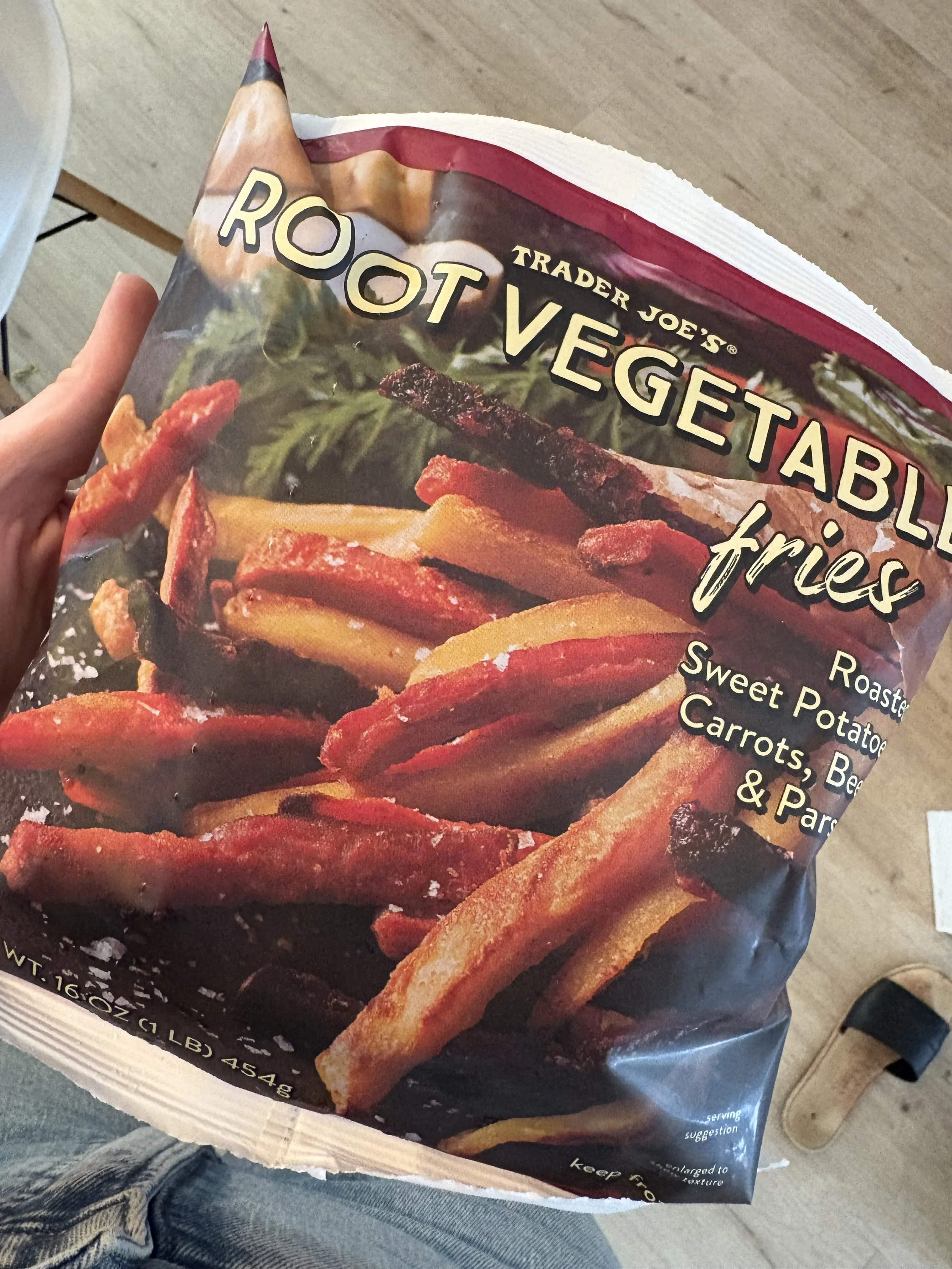

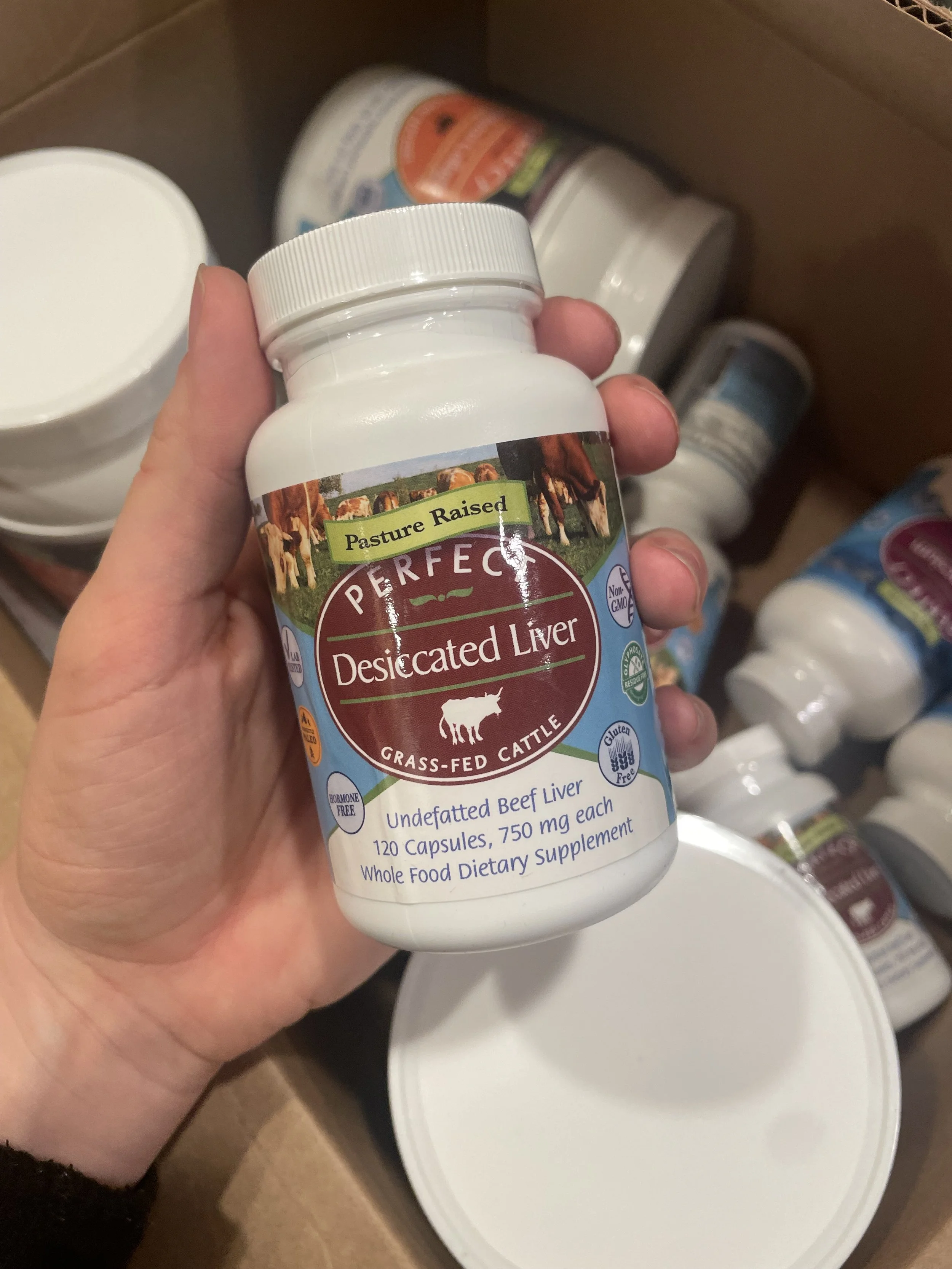
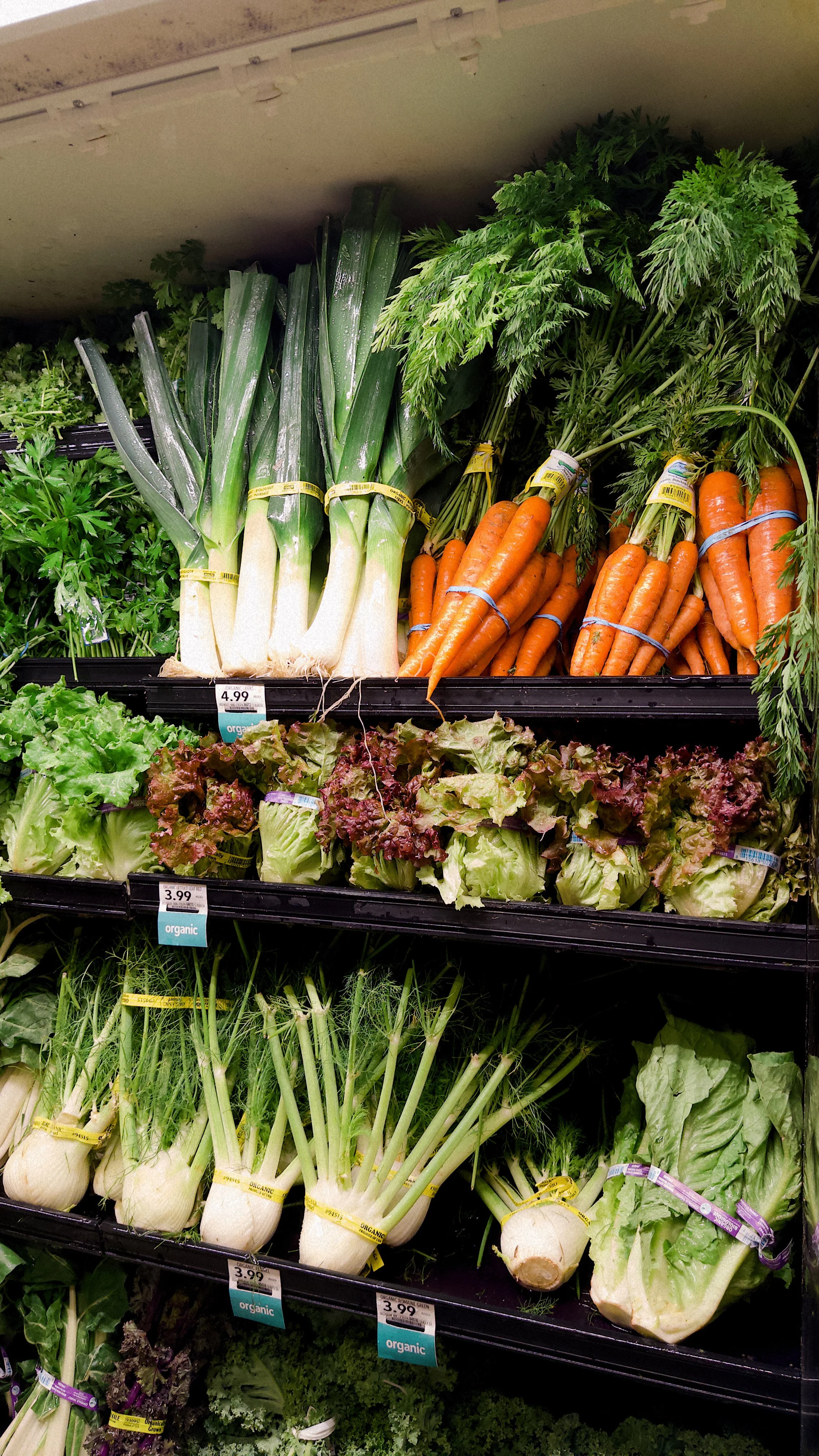
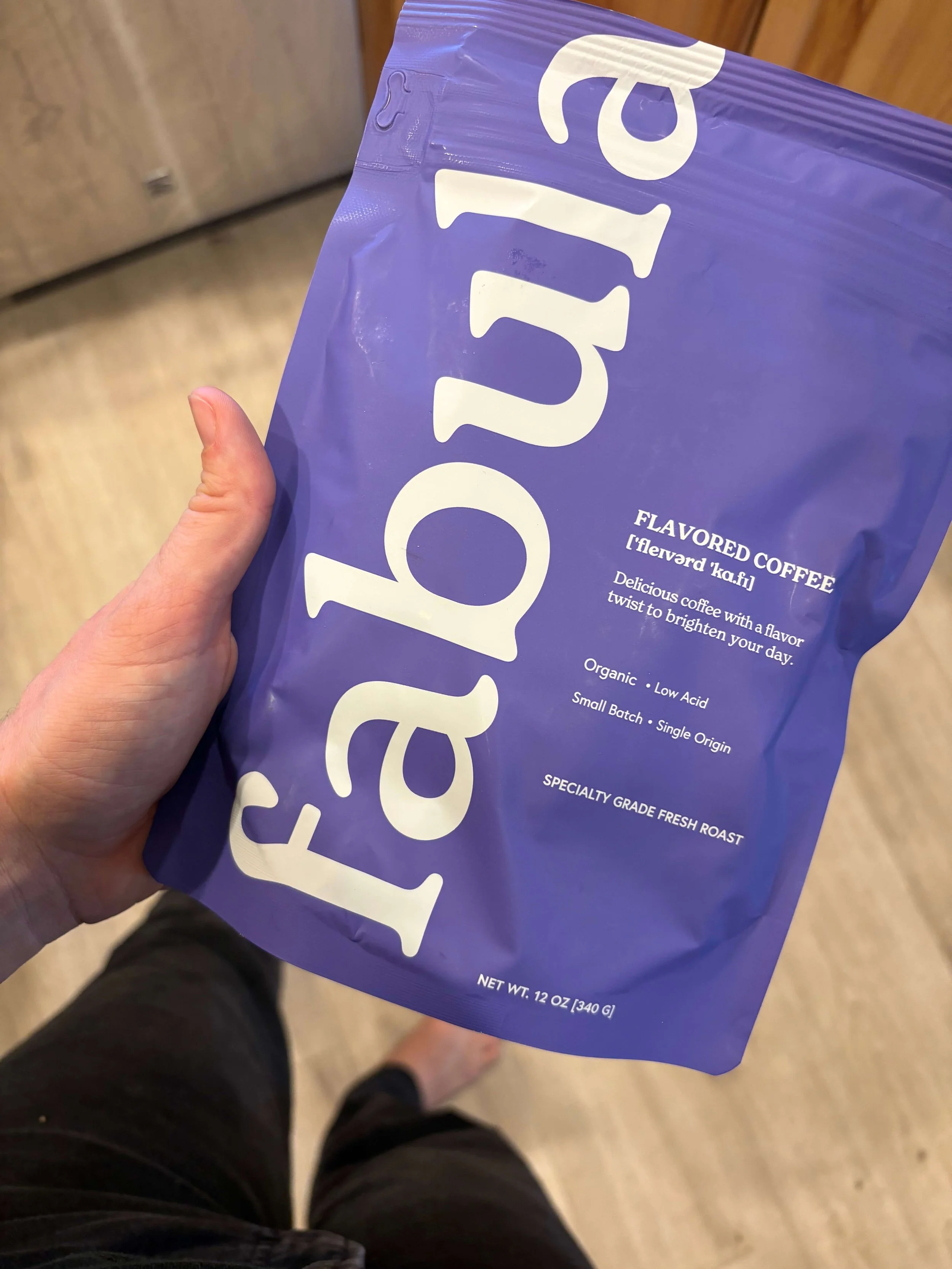






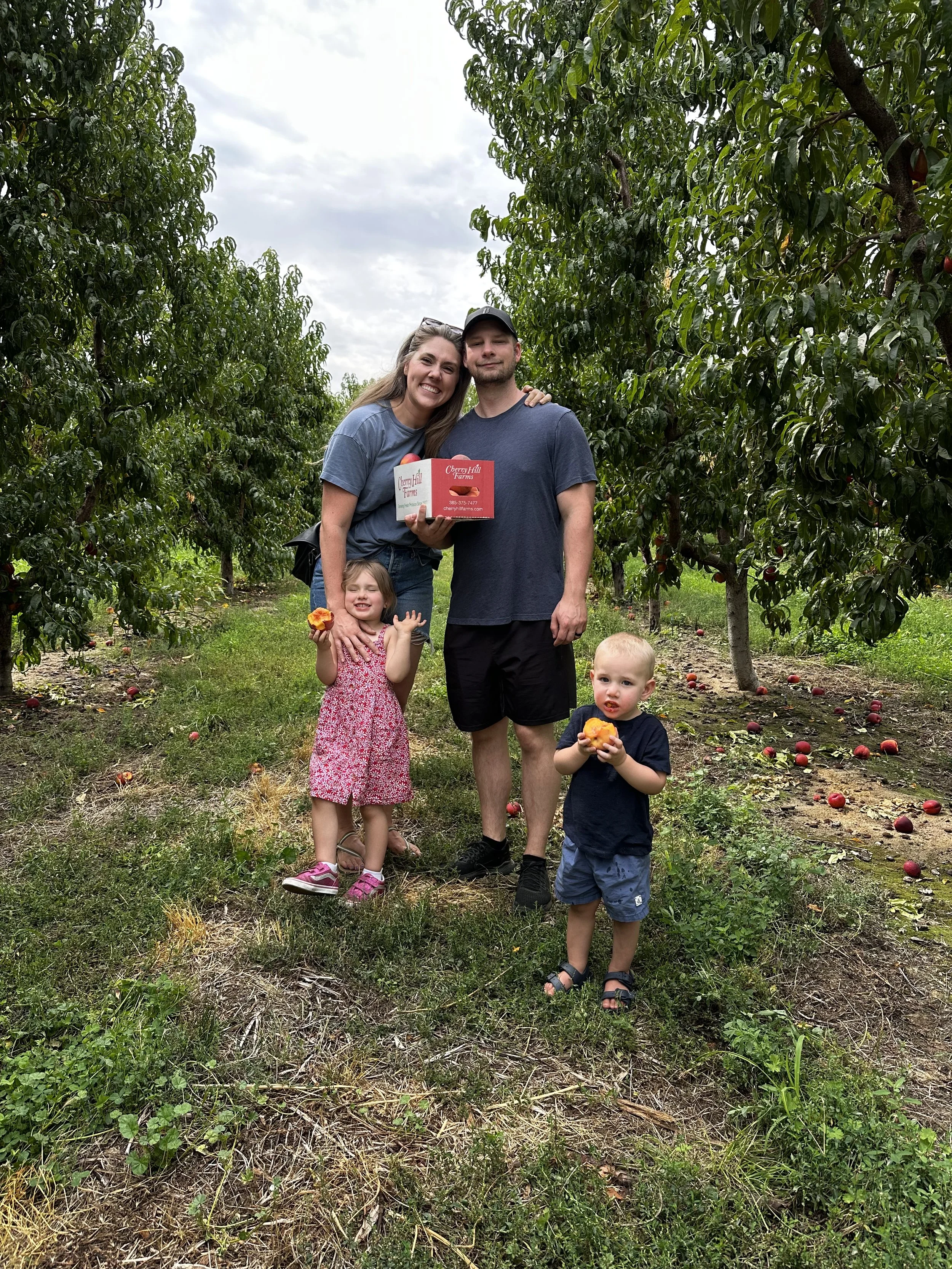
2026 is not about a longer to-do list, but a more intentional one.